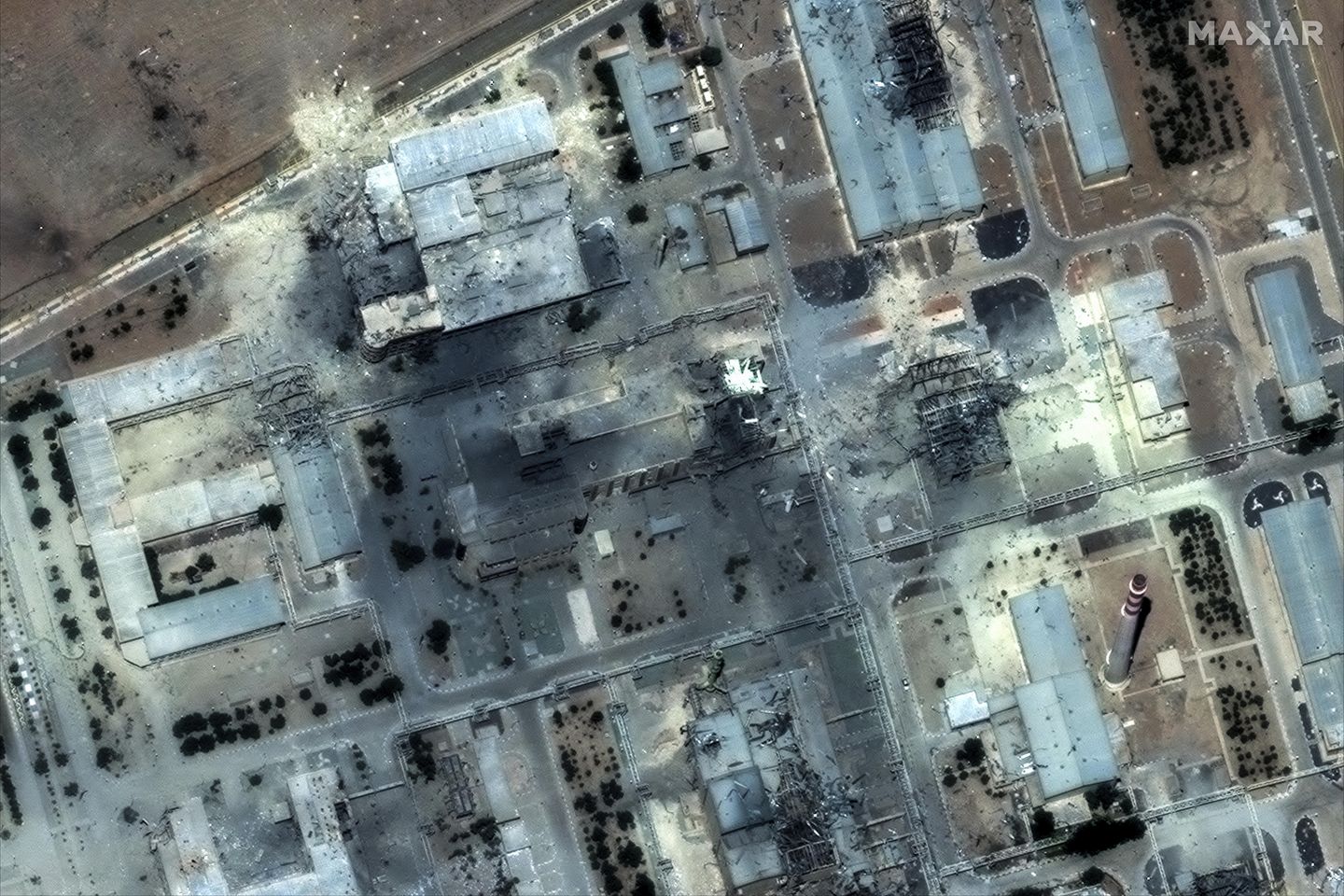
Nearly three weeks after President Trump ordered a B-2 stealth bomber barrage against three Iranian nuclear sites, Defense Department officials said Thursday they are still waiting for the official analysis of the destruction, known as the Battle Damage Assessment.
The June 21 mission, codenamed Operation Midnight Hammer, targeted the Iranian nuclear facilities at Fordow, Natanz and Isfahan using B-2 Spirit bombers and submarine-launched cruise missiles.
The 30,000-pound GBU-57 Massive Ordnance Penetrator (MOP) was used in the mission.
Defense Department officials said seven B-2s dropped more than a dozen GBU-57 bombs on the Fordow Uranium Enrichment Plant and Natanz Nuclear Facility. It was the first time the MOP bomb was used in combat.
The GBU-57 was developed by the Defense Threat Reduction Agency and tested at the White Sands Missile Range in New Mexico. Officials with DTRA said they are eagerly awaiting to learn how much damage was caused by their creation.
“We do not do the assessments on the effects of the strikes,” a senior Defense Department official said Thursday. “That will be answered by the intelligence community.”
U.S. intelligence agencies have completed only the initial assessment of the bombing attack. The final BDA won’t be finished “for some time,” officials said.
“They are still gathering information,” the Defense Department official said. However, “we concluded that we were successful in achieving the objective.”
Officials with DTRA said they built a site to test their GBU-57 “bunker buster” bomb in collaboration with the Air Force.
“We’ve continued to do tests over time to determine what the effects are, and then we use that information to support our modeling and simulation program,” the official said. “We were able to see how the MOP acts in certain situations.”












